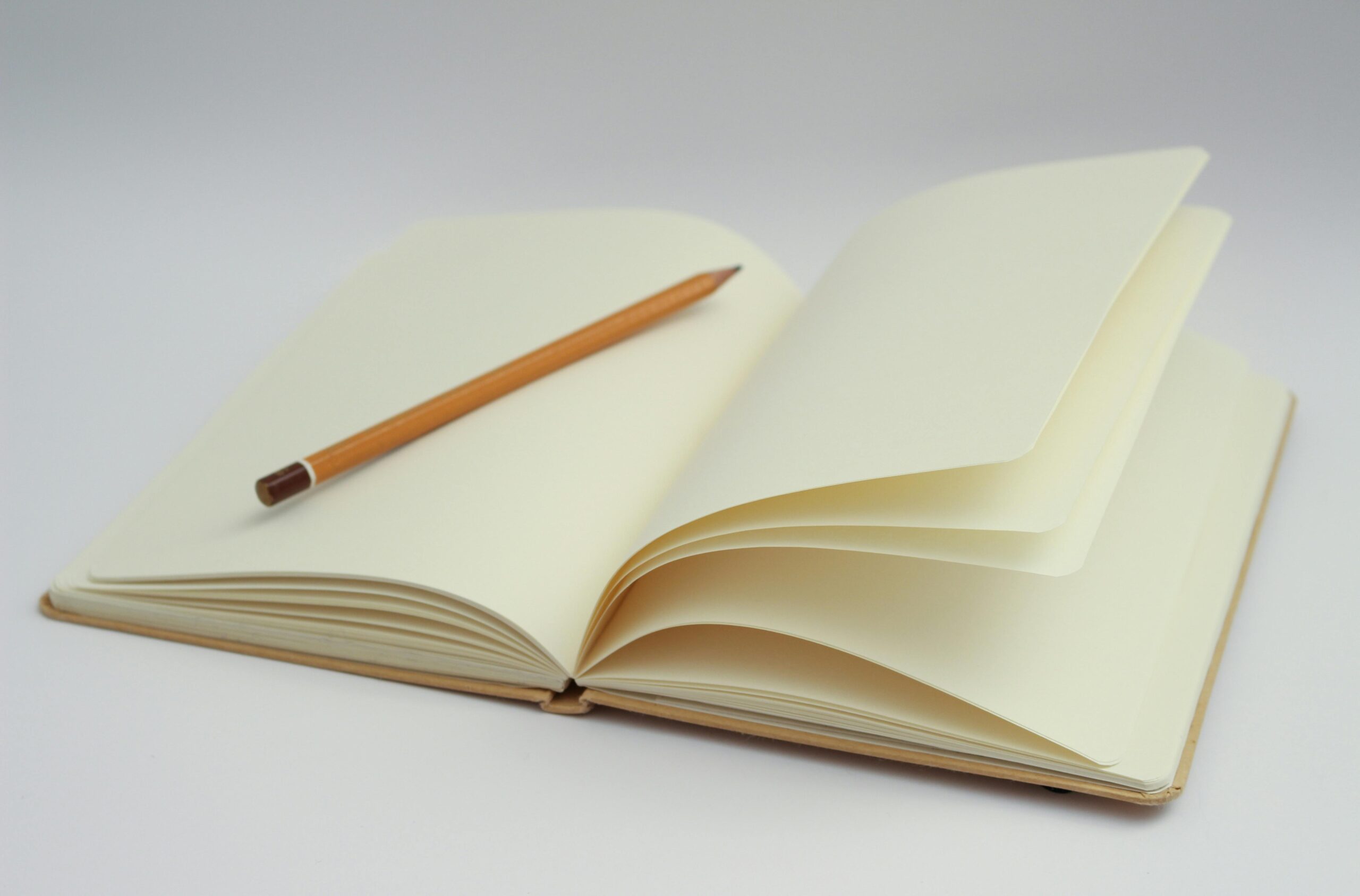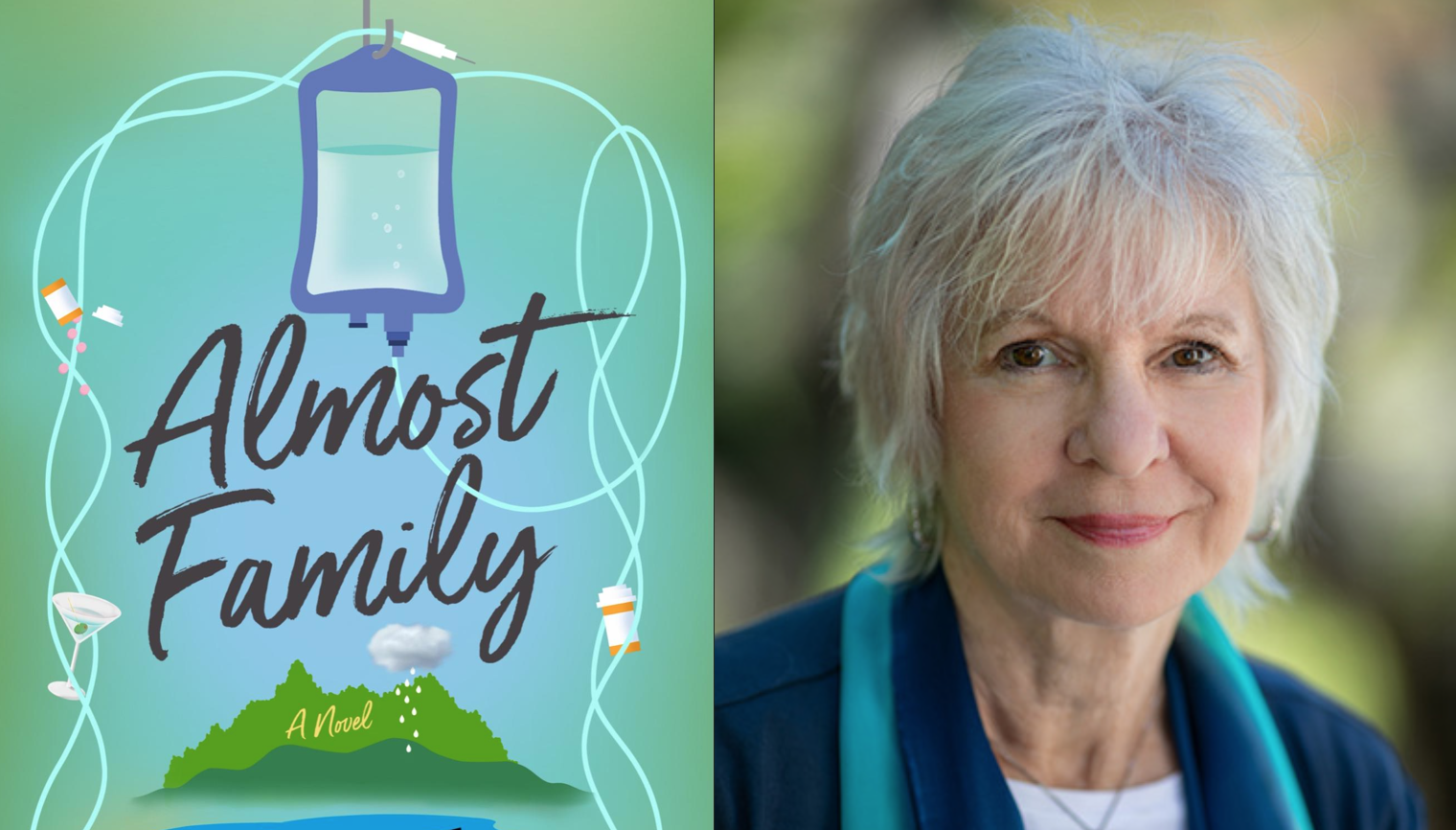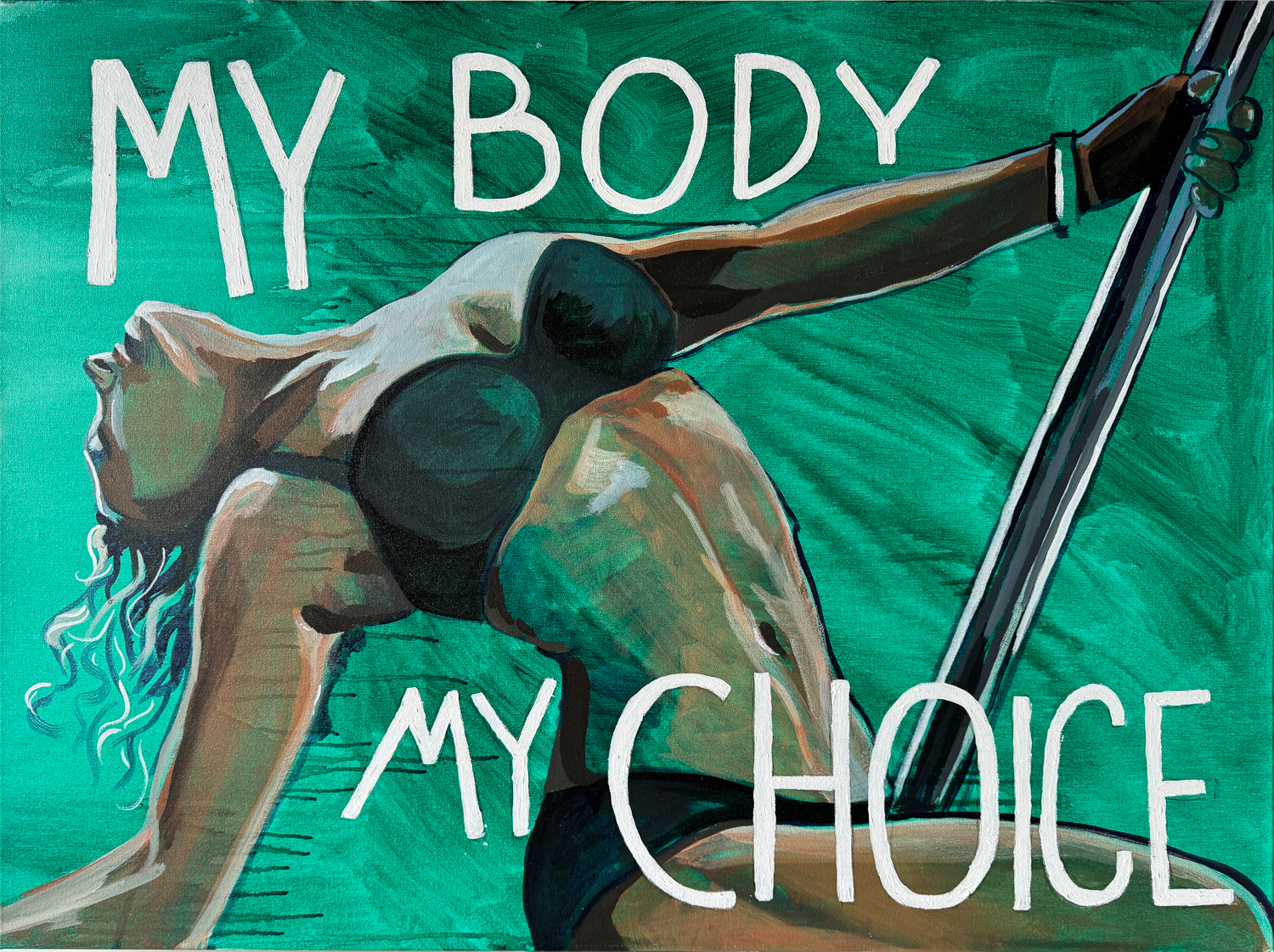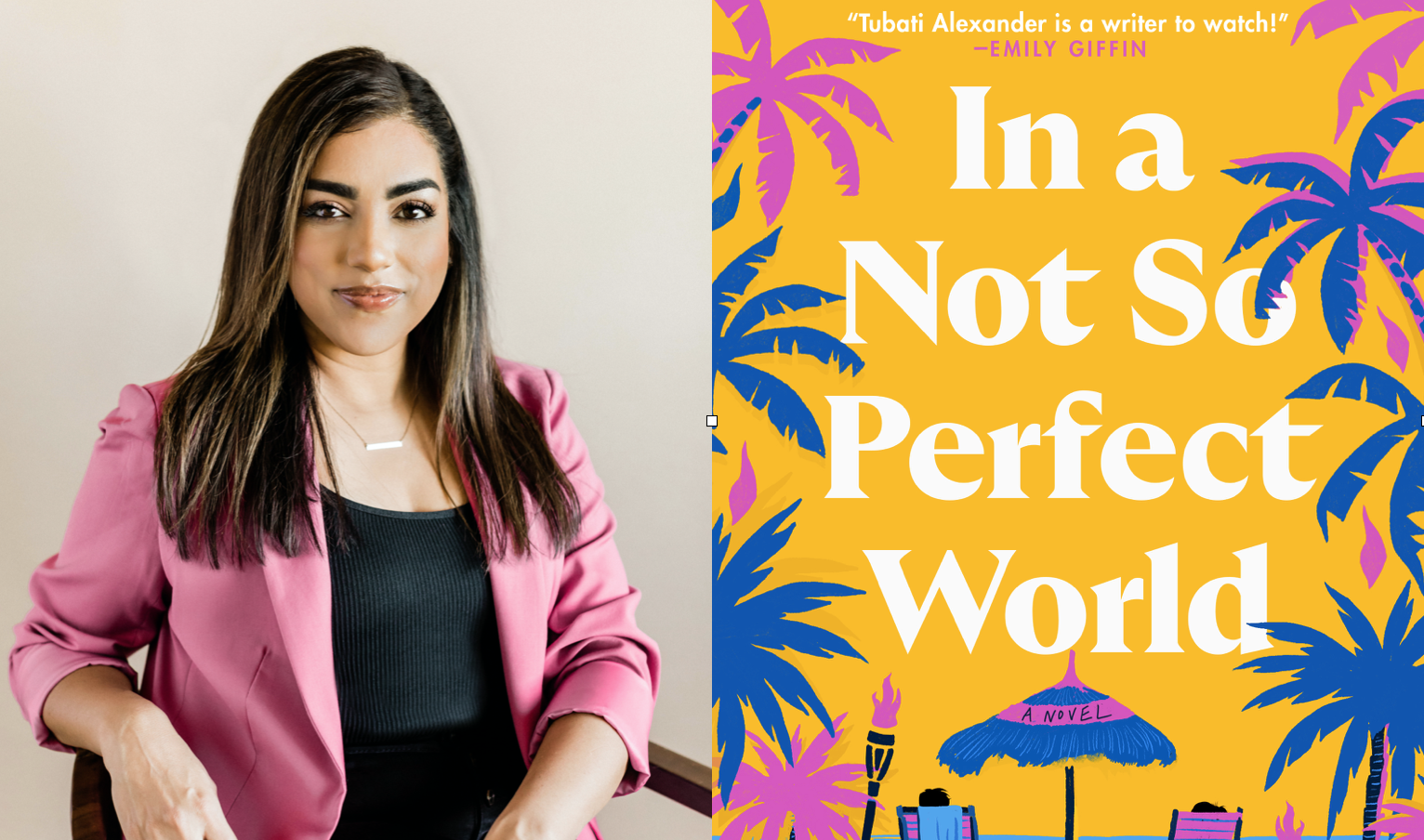
Whenever we come across projects or campaigns that amplify the voices and stories of women, especially underrepresented women and women of color, you can bet we will jump in feet first to write about this! So when we heard about San Fran fashion blogger Alisa Wong of A Little Wong collaborating with the Asian Art Museum for their new exhibit, we couldn’t wait to share about this with our readers.
Using art and fashion as a means for storytelling has always been a rich tradition for Indigenous cultures around the world, and in a contemporary setting is is allowing future generations to know the importance of history and preserve these cultural pillars.
Alisa created and styled female empowerment outfits created by Kidd Bell and Inkcourage to highlight the strength and impactful stories of Mithila female artists featured in the museum’s newest exhibit “Painting Is My Everything.” From converting a traditional mural art form into saleable paintings on paper, Indian women were able to revive the economic climate of Mithila, India as well as create social change in the region and in their personal lives.

An advocate for WOC and POC representation, Alisa saw the perfect opportunity to combine art, fashion, and female empowerment when the Asian Art Museum approached her to partner on a project. The exhibit showcases the entrepreneurial spirit of these Indian women who used painting to spur economic growth and social change in Mithila, India.
For these women, artistic success translated into financial independence and became a medium for personal storytelling. Inspired not only by the paintings’ subject matter, but by the female artists themselves, Alisa coordinated female empowerment apparel with specific paintings based on color and verbiage to further share these artists’ compelling stories and perspectives.
In a blog post on her website, Alisa talks about how art and life collide to highlight the strength, power, vulnerability, and resilience of Mithila artists, and how excited she was to partner with the museum to highlight women of color.

“This domestic art tradition, that has been passed down from mother to daughter for generations, was confined to the interior walls of the most intimate rooms in Mithila. Word of these intricate murals spread beyond the region and during a severe drought in 1966, Pupul Jayakar, a director of the All India Handicrafts Board, saw an opportunity. She arranged for women to learn how to paint on paper, enabling those women to sell their own work and gain economic independence — something many women from this region had never experienced. Jayakar’s plan not only empowered village women, but ultimately sparked the economic resurgence of the region. Moreover, the newfound artistic and financial success of these artists inherently breaks the boundaries of gender and caste norms,” she writes.
In the images of Alisa standing near the artwork, you can see a really cool historical and modern take on feminist ideals with her slogans such as “use your voice to empower” and “I am a vital voice” that certainly relates to messages of gender equality, environmental sustainability and political commentary found in the work of the Mithila artists.

Alisa writes about some of the amazing artists in her blog posts, sharing their personal stories and why their work is so important to their own communities as well as the global movement for female empowerment.
“One artist whose paintings are greatly influenced by personal perspective is Shalinee Kumari. Originally studying geography, Kumari decided to start painting after discovering colorful Madhubani paintings. When she headed to women’s college, she heard about the Mithila Art Institute and applied to be admitted into the program. She is now one of the young female artists who is pushing the boundaries of Mithila painting by using the centuries-old style for personal self-expression. Her work often focuses on global, personal, and community topics such as climate change, terrorism, and gender equality.”
Other artists featured include Sita Devi, a pioneer woman whose work has been attracting attention since the 1960’s, won numerous awards, and paved the way for future generations of Mithila artists that are on display in this exhibit. With issues such as poverty and class interweaved throughout their visual representations, the artists’ work becomes a definitive commentary on lives that are seemingly forgotten or ignored when it comes to global representations of female empowerment and feminism.

“Dulari Devi is another artist that lived in extreme poverty until she became an accomplished painter. She worked menial jobs, but her unhappiness with her life began to change when she started to visualize everyday occurrences as paintings. And with a with a stroke of good fortune, Devi began working in the house of a Mithila artist who would host artist trainings. Fascinated by the paintings, Devi eventually asked if she too could be trained to paint and thus was the beginning of her new life. And when strong women unite, the possibilities are extraordinary and endless,” writes Alisa.
If you are in San Francisco throughout November and December, be sure to hear to the Asian Art Museum to immerse yourself in this exhibit, check out Alisa’s blog A Little Wong no matter where you are located, and watch the exhibit teaser video below:
















